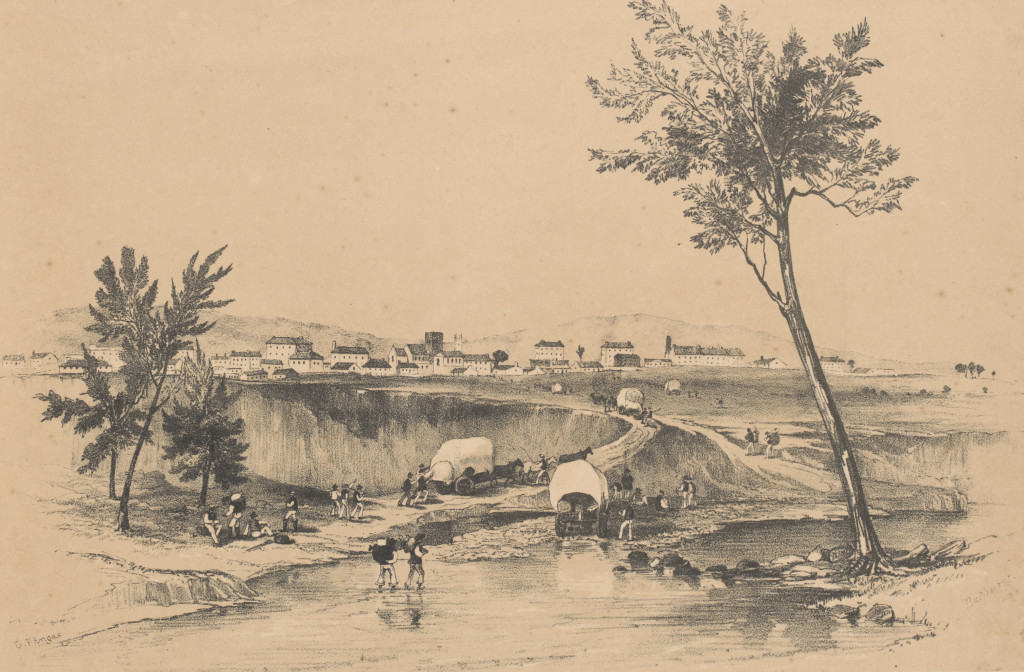With the long summer holidays upon us again, we’re back at our local pool every day for a couple of weeks of swimming lessons for the kids. I’ve had one reluctant swimmer, who for a good long time refused to get her face or hair wet, and one little fish, whose propensity for holding her breath underwater has been quite unnerving at times. Growing up in Australia, we teach our kids to swim because it’s fun and a good form of exercise. We also teach them to swim to keep them safe.
According to Kim Torney’s Babes in the Bush (Curtin University Books 2005, p. 13), the most frequent cause of accidental death of children in colonial Australia was drowning. One boy to meet this awful fate was William Sheen.
In April 1862, the body of 10-year-old Willie Sheen was found floating in a deep part of the Macquarie River near Bathurst. Dr George Busby, the Bathurst coroner, held an inquest into his death, but there was no suspicion of foul play and the coroner recorded a verdict of ‘found drowned’.
The inquest, as reported in the Bathurst Free Press and Mining Journal, revealed some interesting details about this young boy’s short life.

According to evidence given at the inquest, Willie was the son of a Chinese man and a European woman ‘of the name of Shean’, and he was said to have been born at sea between California and New South Wales (Bathurst Free Press, 5 April 1862, p. 2).
If he was aged 10 in 1862, baby Willie and his parents would have arrived in Sydney in about 1852, some of the earliest ‘American’ arrivals to the NSW goldfields. The NSW gold rushes had began after Edward Hargraves and his assistants discovered the first payable gold near Bathurst in 1851, and Hargraves himself had recently returned from California.

At the time of his death in 1862 Willie Sheen was living with a cousin of his father’s, a storekeeper, in Howick Street, Bathurst. Their store would have been one of the number of Chinese homes and businesses – stores, boarding houses, gambling shops – located there. By the mid 1870s the area was well-known as a ‘Chinese quarter’ or ‘Chinatown’ (Maitland Mercury and Hunter River General Advertiser , 1 September 1877, p. 7; Bathurst Free Press and Mining Journal, 20 April 1886, p. 2).
Juanita Kwok, a PhD candidate at Charles Sturt University, is currently researching the Chinese history of Bathurst, from the 1850s to the 1950s.
Unfortunately Willie Sheen’s death certificate (NSW BDM 2463/1862) provides only a few more details. His father’s name was given as ‘A Chou’, a ‘Chinaman’, and his mother’s name was recorded as ‘Supposed Sheen’, the absence of detail suggesting that her son had probably not seen her for quite some time.